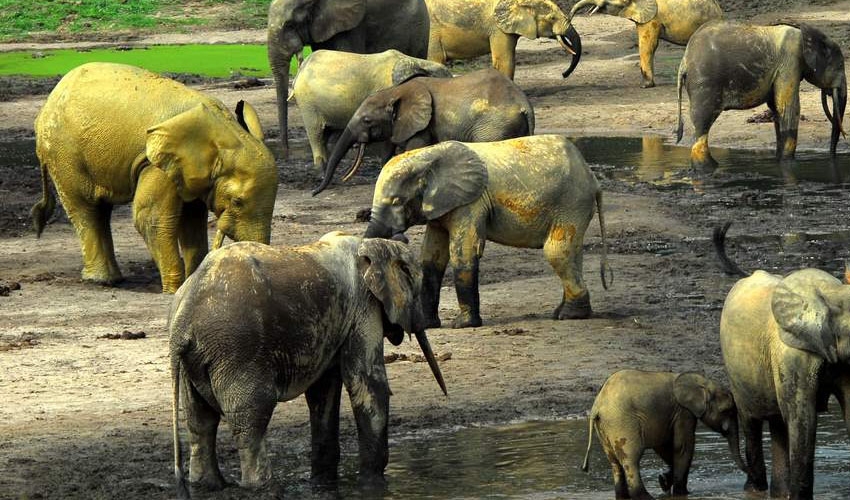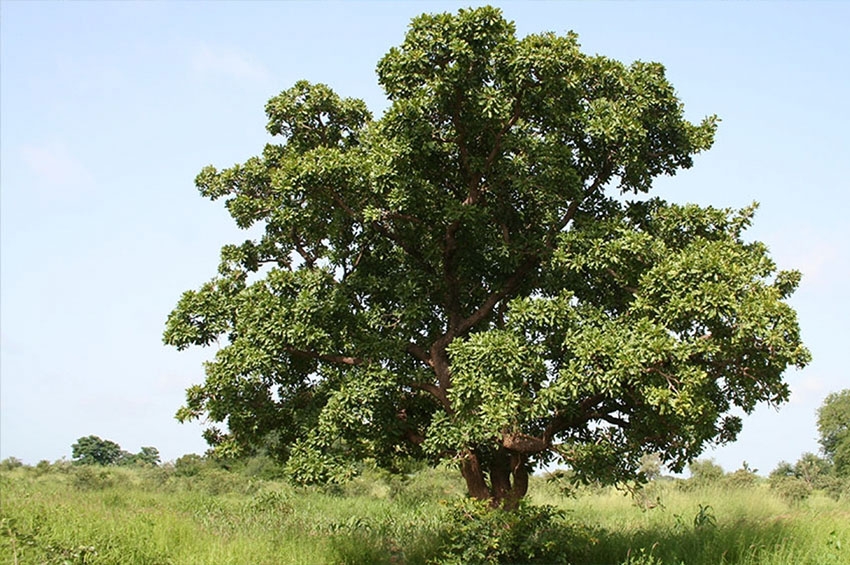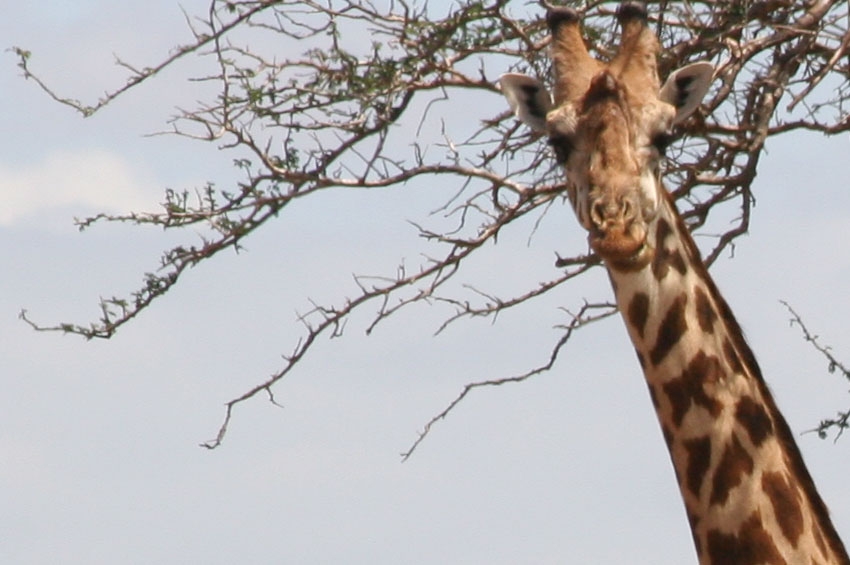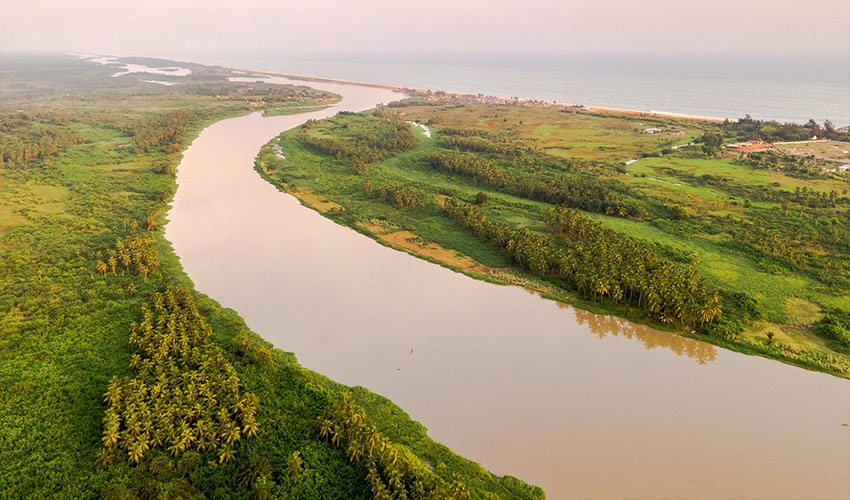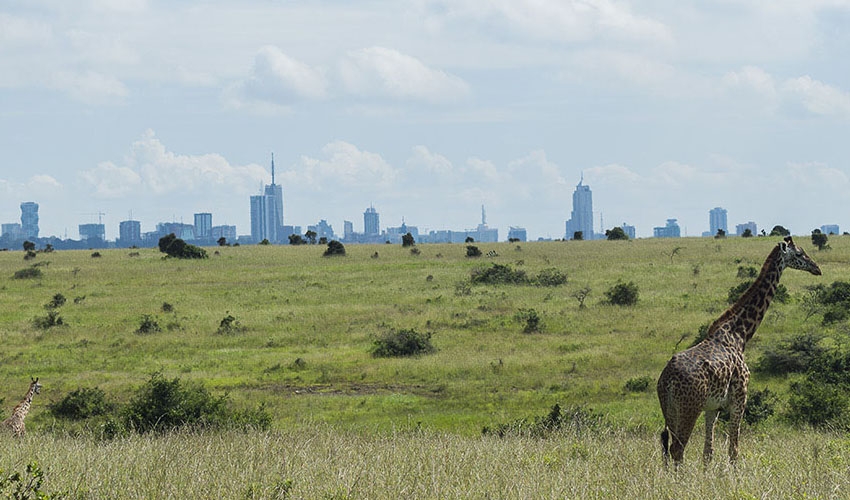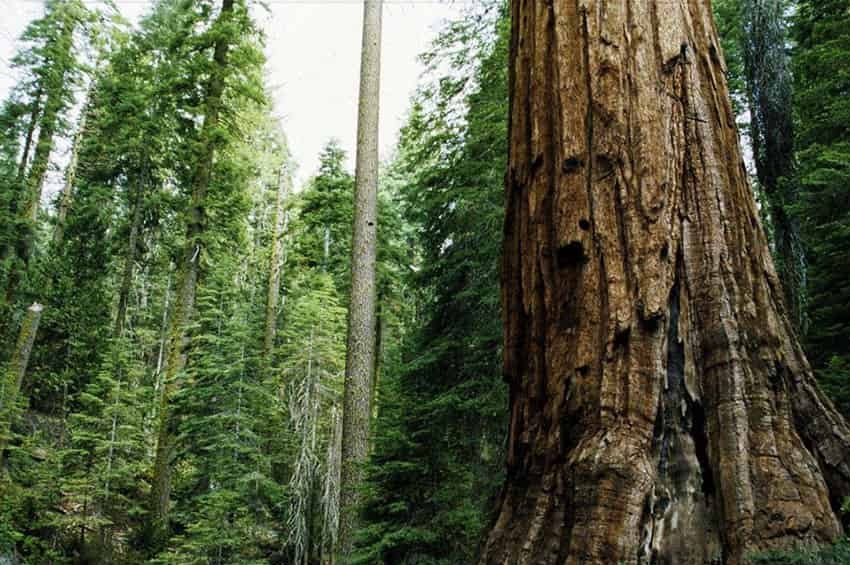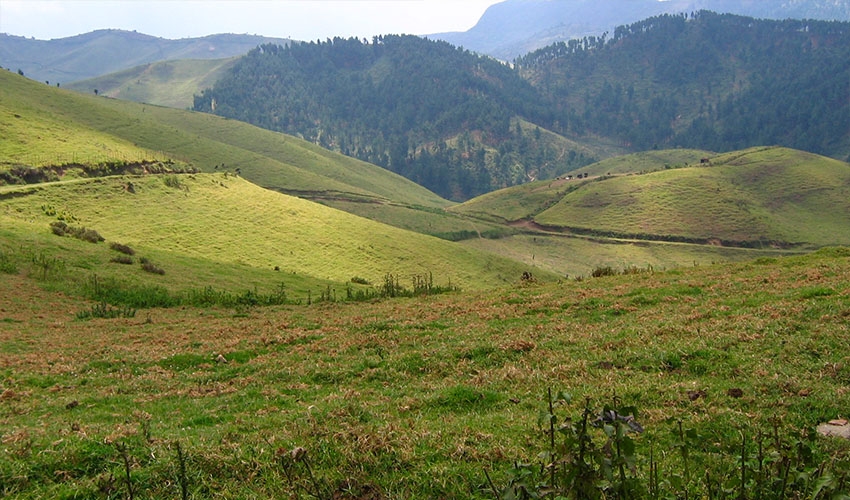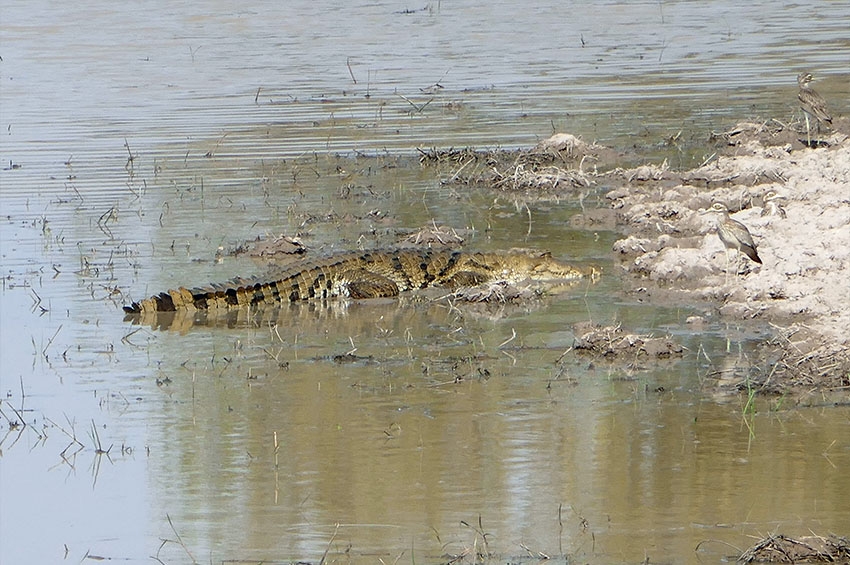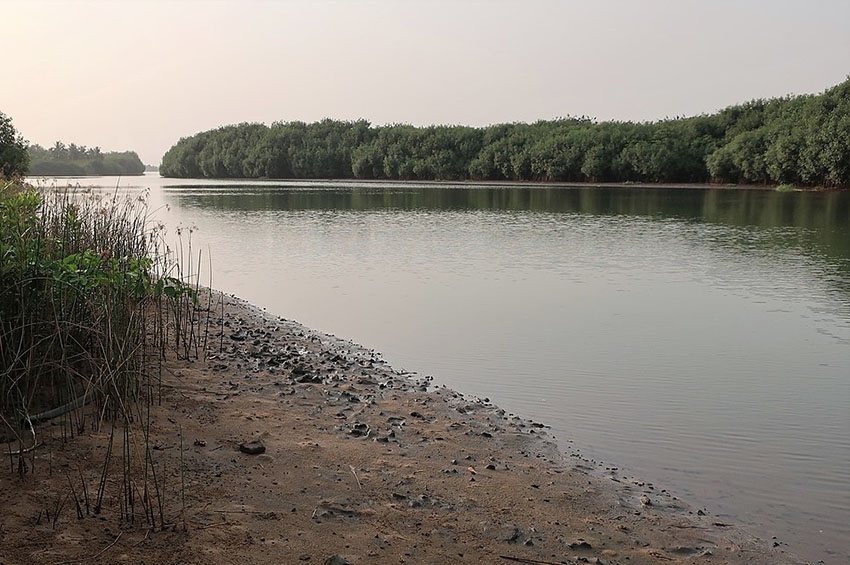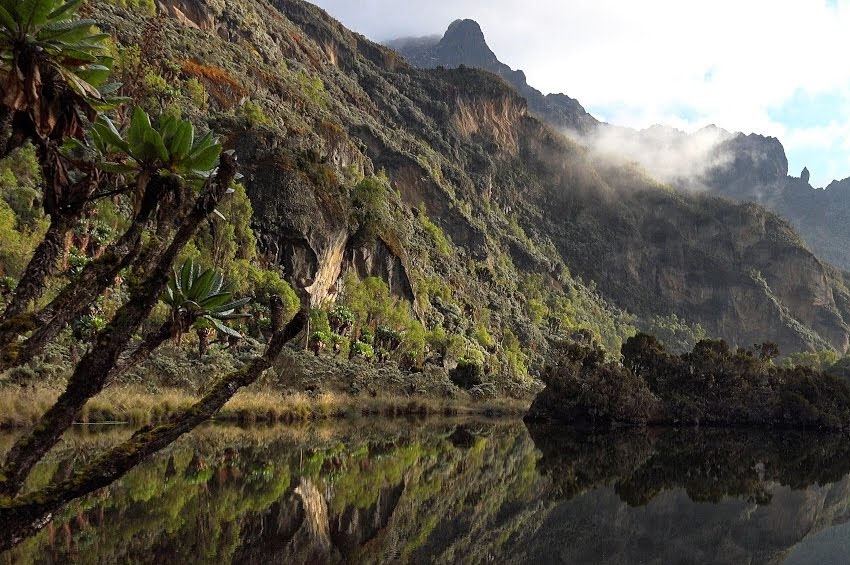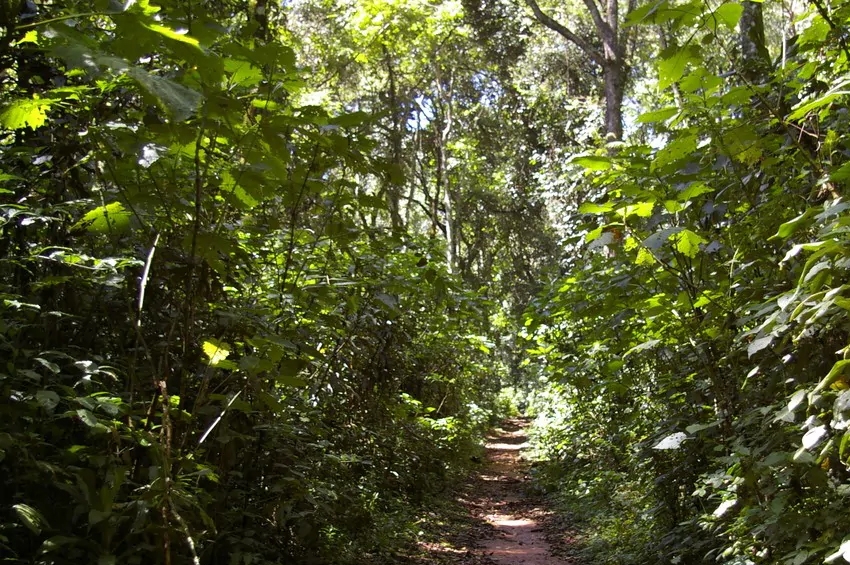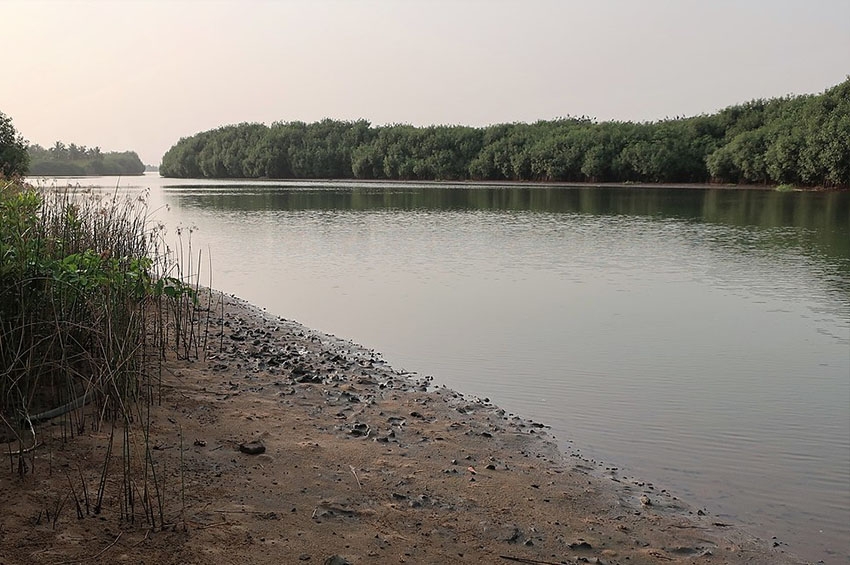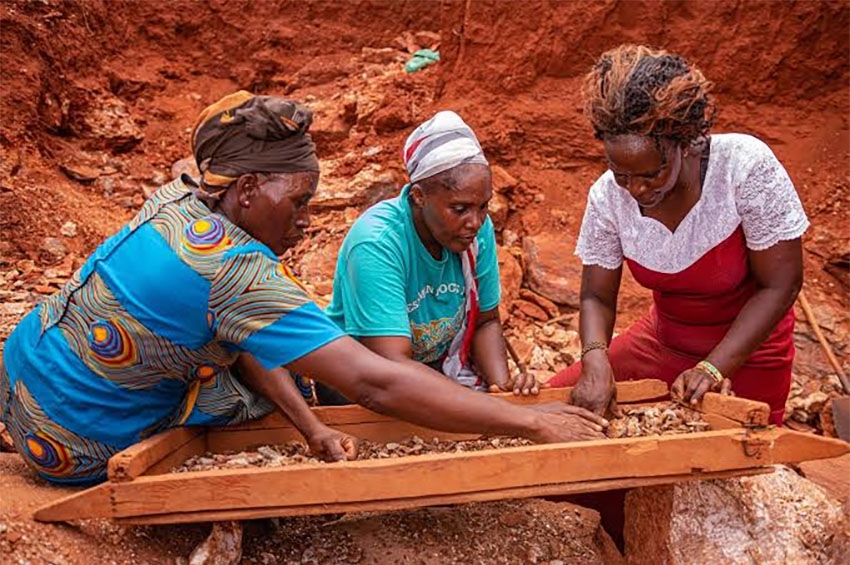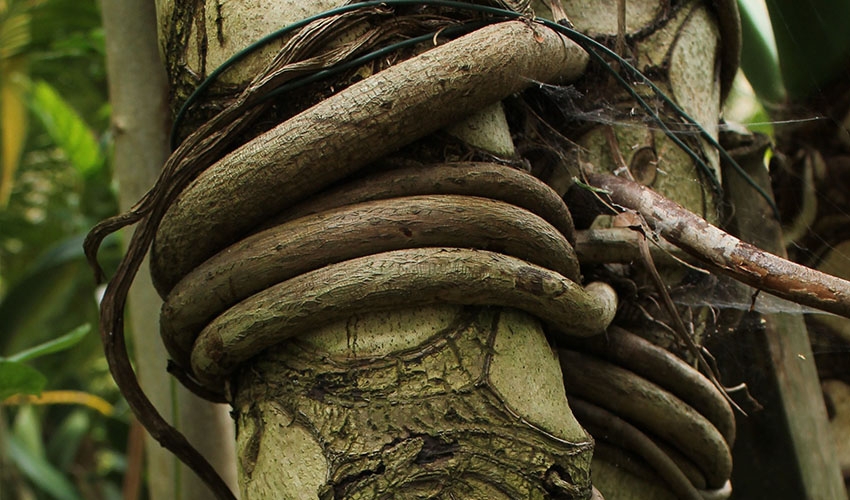Northern Uganda is endowed with a highly diverse and rich ecosystem, full of indigenous trees species of which shea trees (Vitellaria paradoxa) or Yaa (Acholi), Ikungu (Ateso), Kumara (Lugbara), and Yao (Langi) form part of the indigenous tree species community. Its vast tracks of land with suitable climate and soils support the growth of shea trees. For a long time, the trees have been grown and managed on small scale for home consumption and sale to local markets to generate household income. Nevertheless, over the recent years, the crop is gaining popularity especially in northern Uganda due to its high economic potential.
The contribution of shea trees to ecosystem sustainability and livelihood security has not gone unnoticed among the local communities in the region. Farmers who have integrated the production of shea trees in their crop systems in Ma’di Okollo observed that the deciduous nature of shea trees acts as an organic mulch regulating soil temperature and reducing soil moisture loss when the leaves shade the ground during dry season, they further observed that the leaves are also an important source of manure once decomposed in the soil thereby leading to higher soil productivity.
Full grown shea trees also serve as nurse trees reducing evaporation rates and protecting shade loving food crops and plant species from extreme sunshine in this hot region of the country. Locally, shea trees offer a number of benefits for livelihood security which include shea oil as the major product, fruits, charcoal, firewood, poles. Due to the immediate need to address household income security, charcoal production from shea trees is seemingly overtaking the production of shea oil as the most important product the communities obtain from shea trees. “A litter of shea oil goes at 10,000 Ugandan shillings in the local market and we are able to produce about 40 litters in the production period however, this is still far below what we earn from producing charcoal where we sell a sack at 20,000 Ugandan shillings and we produce this throughout the year unlike shea oil which is dependent on the seeding season” noted a local producer of shea oil and charcoal. The production and farming of sunflower in the region also presents a better alternative to generating immediate household income as opposed to shea due to the relatively shorter production period and its ability to fit into agricultural farms with less competition for space and the assured market. The production of shea is therefore not considered as the main source of household income but rather as a supplement.
Shea fruits. Credit: Joyce. These are chewed directly when still fresh thereby promoting food security. However, chewing these as fruits only limits the production of shea oil a major product from shea trees.
Despite holding a significant value as a potentially major cash crop, the shea production in the region has been lagging far below that of other export cash crops due to the insecurity that prevailed in the region which greatly hampered the promotion of shea trees as a full time economic venture to sustain livelihoods. However, in absence of the development of the industry in the past, indigenous knowledge took precedence in the growth, processing and management of shea trees hence sustaining its potential to act as a supplement to household income on a rather small scale. Many local farmers in Pader cite the integrated growth of shea trees in agricultural crop fields (agroforestry) as a threat to the productivity of food crops due to its relatively quick competition for space and nutrients as well as shading crops. However, Olal brani a local farmer reported that he has successfully integrated shea growth and crop production through using local tree management practices including pruning, thinning, weeding which not only enhance the growth capacity of his shea trees but also provides useful quantities of firewood whilst ensuring healthy crop production with minimal competition.
Given the limited access to improved shea processing facilities, indigenous knowledge still plays a great role especially in the local processing and extraction of shea oil. According to Gina Drajole a local producer of shea oil, the oil is extracted locally by roasting the dried nuts, pounding into a paste, mixing with water and boiling. It is then skimmed off and held in a clean separate container to give the oil. She further stated that the skimmed residue can be burned and used locally as a great source of soda ash in preparing local delicacies. Apart from being used for cooking, local women use the shea oil for smearing their newborn babies and themselves to keep their skins moist especially during dry season.
Local Processing and extraction of shea fruits to extract shea butter oil. Credit: Joyce
The shea sector faces significantly gross obstacles and challenges in the restoration of shea trees, these range from low production, poor seed system, fluctuating prices and inefficient value chain systems, competition from other forms of vegetable oils such as sunflower, dependency on rain fed system, competition from other short-term agricultural cash crops as well as ineffective regulatory frameworks to control the most notable challenge, that is energy needs (charcoal and fuelwood production).”The hardwood nature of the shea trees makes it preferable to charcoal producers and firewood harvesters since it has the capacity to burn for longer hours when being used as opposed to other softwood tree species’’ observed John Bikoa a local farmer of shea trees in Okollo. Due to the relatively long time it takes to become productive, the trees have been less preferable and its cultivation infamous especially to tree-based agriculture system farmers, only being planted not as the main crop but rather left on woodlands or managed in agroforestry fallow systems and parklands.
Shea trees felled for charcoal production, a common practice in Northern Uganda. Credit: Joyce.
Despite the outlined challenges, the potential of shea trees to become a major export crop and a nexus for promoting green economy development is undoubtedly very high. Given its excellent growing conditions, and availability of native land for shea cultivation, it is becoming a very popular commodity among smallholder farmers.
Charcoal production in Ma’di Okollo, a major threat to shea tree restoration and protection in the region.
Nevertheless, efforts still need to be made to integrate the rotational value of farming shea trees with other food crops to achieve income diversification and food security as a way of covering short term livelihood needs. Aggregation of smallholder farmers to large farmer groups and promoting production under farmer organizations to improve extension and knowledge transfer whilst linking producers to markets to strengthen roles in the production chain would greatly enhance the attractiveness of the crop to rural farmers.
Furthermore improving the extension system by using innovative extension methods e.g. Farmer Field Schools and crafting interventions towards strengthening the integration of shea trees in agricultural cropping systems rather than leaving them to grow wild as perennials Parklands should be carried out. Capacity on clean manufacturing technologies should also be promoted to move farmers up the value chain whilst strengthening their capacity to sustain market competition. Most importantly, policy and regulatory frameworks should be established and their implementation strengthened, especially those relating to the regulation of the most notable challenge, that is the production of charcoal and fuelwood.


